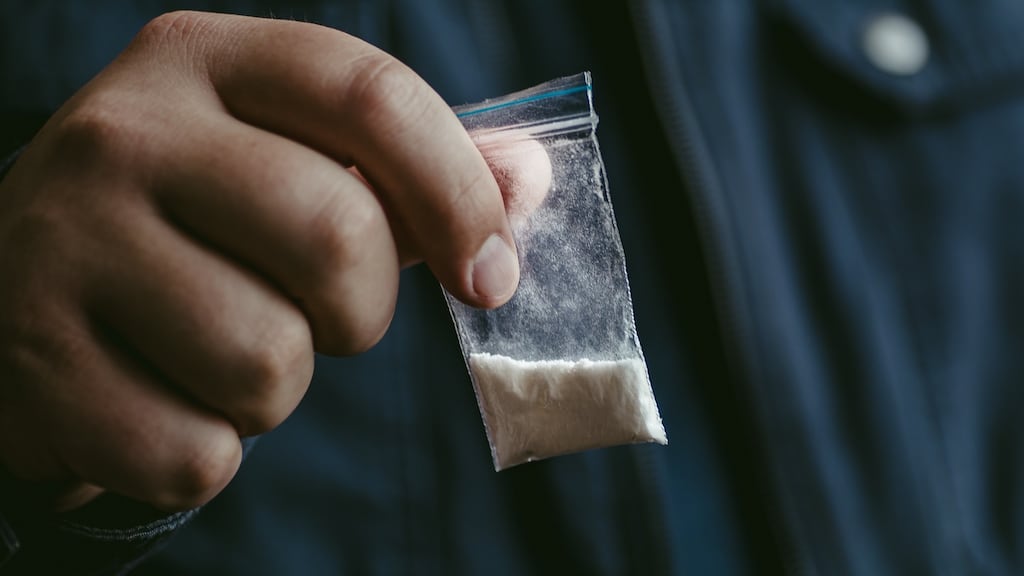The number of people caught driving under the influence of cocaine spiked significantly when the State first entered lockdown.
Detections of people driving while on cocaine have been increasingly steadily in recent years but figures released to The Irish Times suggest that trend accelerated after pubs, restaurants and non-essential businesses were closed and strict travel restrictions were imposed throughout the State in March and April.
Cocaine use in the general population has been rising in recent years in line with the growing economy. The reasons for its increased detection in drivers post-lockdown are more uncertain, however.
Gardaí say the rise may be linked to people being more likely to take drugs at house parties while pubs and clubs are closed.
Enforce restrictions
Rather than taking a taxi home from the pub or club, people are then driving home themselves, Chief Superintendent Ray McMahon of the Garda National Roads Policing Bureau said.
“While the number of people caught drink-driving has reduced broadly in line with traffic volumes, the same cannot be said of those who have been caught drug-driving,” Chief Supt McMahon added.
Large-scale Garda operations to enforce coronavirus travel restrictions are also likely, at least partly, behind the rise in drug-driving detections in general.
When suspected drug-driving is detected, gardaí send the accused's blood or urine sample to the Medical Bureau of Road Safety (MBRS) for analysis.
"Over the last number of years there has been significant increases in the detection of drivers with cocaine in their systems," said the MBRS's chief analyst Helen Kearns.
According to MBRS figures, 11 per cent of the samples it tested for drugs came back positive for cocaine in 2015. By 2019, this proportion had risen to 27 per cent.
Ms Kearns said a further increase was noted over the first part of 2020. In January, 24 per cent of samples were positive for cocaine. This rose to 31 per cent in March and a record 39 per cent in April, just after the first lockdown was announced.
Road deaths
As the year progressed and society gradually reopened, the proportion started to fall again, dropping to 24 per cent in July after restaurants and pubs serving food had reopened. Figures for August onwards were not available.
Cannabis remains the most commonly detected drug followed by cocaine, opiates and benzodiazepines.
The number of samples sent to the MBRS remained steady during the lockdown, despite traffic volumes dropping by 70 per cent.
Overall there was a 113 per cent increase in the number of people caught drug-driving in 2020. Despite the lockdowns, deaths on the roads increased by 12 to 143 as of December 18th.
The drug-testing workload of the MBRS has increased dramatically in the last five years. In 2016, it tested 1,145 samples for drugs. In 2019 it tested 3,230, a 186 per cent increase.
Ms Kearns said a number of innovations have taken place in drug-driving testing this year. Since October, testers have been able to tell exactly what drugs are contained in a sample, rather than just the family of drugs.
“This is significant in cases where a person may be driving with several drugs from the one class, that would have been reported as for example ‘Benzodiazepine class’. Now if there are several drugs detected from that class they will all appear on the certificate issued.”










